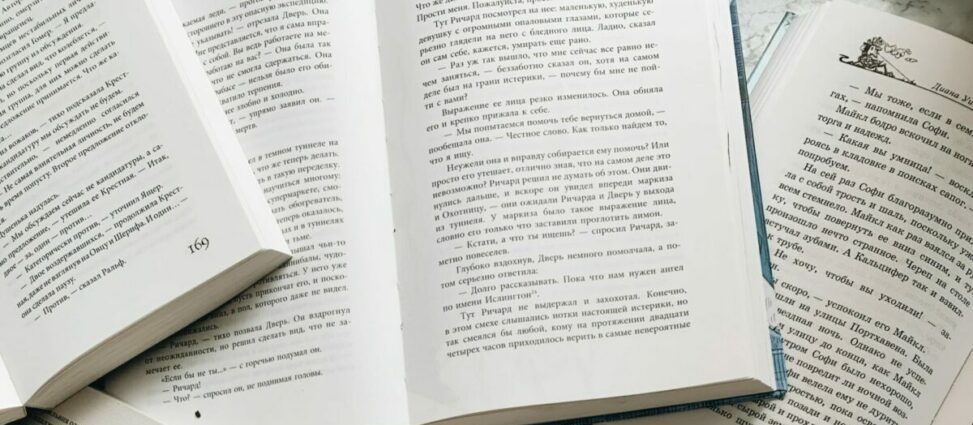Brief Description of The Kite Runner
The film begins in the era before the Russian invasion of Afghanistan in the 1970s. Twelve-year-old Amir is the son of a wealthy merchant from the Pashtun community, which makes up the largest ethnic group in Afghanistan. Another main character of the film is Hassan, the son of Baba’s servant (Ali), who is in the Hazara community, one of the most oppressed groups in Afghanistan. Amir is sensitive and recreant. He never fights back when teased by other kids. Conversely, Hassan is brave and kind. He once used a slingshot to scare off the bully named Assef (a Pashtun child) to protect Amir.
After Amir has cut down all opponents’ kites during the annual kite-flying contest, he needs to collect his kite as the trophy. Hassan is the best kite runner in Kabul. He promises Amir to collect his kite. However, Amir does not see Hassan come back after a long-awaited time. Finally, Amir finds Hassan cornered by Assef and his friends. Refusing to give the kite to them, Hassan is beaten and raped by Assef. Amir is too scared to help Hassan, so he runs away. After the incident, Amir feels guilty whenever he sees that kite. With mixed feelings, Amir seeks to relieve the guilt not by seeking forgiveness, but by intentionally accusing Hassan of stealing Baba’s watch to expel Hassan and Ali. Although Baba immediately forgives Hassan, Ali still decides to leave with Hassan.
After a few months, when the Russians invade Afghanistan, Baba and Amir flee the war to America. Twenty years later, Baba works in a gas station and sells second-hand goods; Amir graduates from college and wants to become a writer in America. After Baba’s death, Amir receives a call from Rahim Kahn, his father’s old business friend, who urges him to return to Afghanistan. Rahim Kahn tells Amir the sad truth that Hassan is the private son of Baba and Ali’s wife. Now, Hassan and his wife are killed, leaving their son to live in Afghanistan. Rahim asks Amir to rescue Hassan’s son, Sohrab, who was kidnapped and treated like a sex slave by Assef. In the end, Amir repays his “debt” owing to Hassan by safely taking Sohrab to America. In the last scene of the film, Amir flies a kite with Sohrab and he runs to get the kite for Sohrab. Now, he becomes “the kite runner” for Hassan’s son.
This is one of my writings of the introduction for the film Kite Runner. As I’m not teaching I will try to explain how the interactive text supports students’ learning experience and reading experience.
I added the link to the introduction of Afghanistan from Wikipedia for students to get more background information. The two main characters and the topic of this movie are linked with images that provide visual information to students. I find it more engaging than traditional reading mode (only text) as the way of getting information is flexible. If students are curious about a specific term, they can click the link to know more. Instead of adding in pictures between paragraphs, making them as clickable link gives students alternatives to choose when they want to read text-only or see the image.


Gulia Iamaleeva
Hi Jun, thank you for sharing the activity. I see to introduce the text you have used links references to let learners explore more about the topic. You have chosen links instead of images, but a few visuals would make the text more attractive and support learning effectively. I’m just thinking about what might be other ways to present the text to make it more interactive. Would comprehension questions or filling the gap activities work in your teaching content?
Take care!
Junxiang
Hello Gulia, I agree that visuals would make the content more attractive. I tried to make the images appear with the cursor hovering on the links like the alt-text, but I didn’t figure out how to achieve those effects on our WordPress site. So, I made the image open on another page for keeping the reading flow. Indeed, some pictures in between would be attractive and help readers understand the story. Also, some comprehension questions and similar activities placed at the end would facilitate the reading activities. Thanks for your comments and sharing!